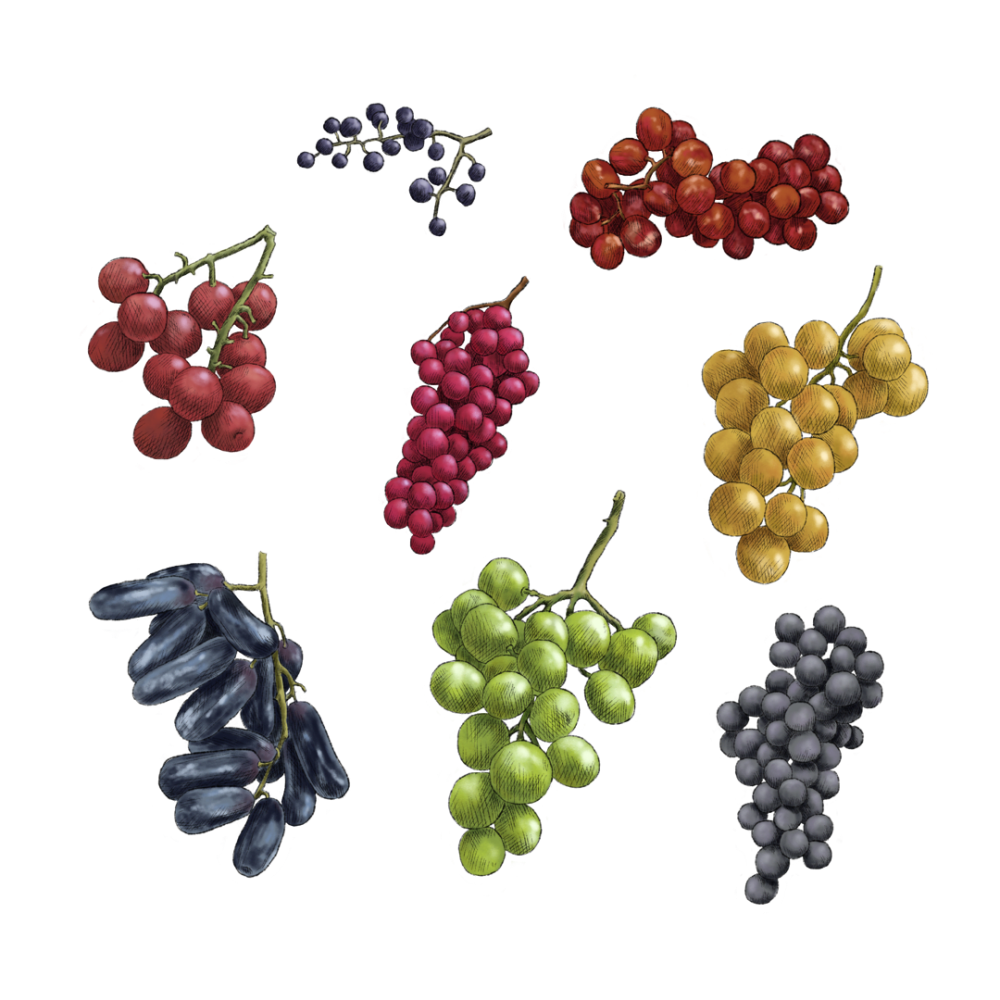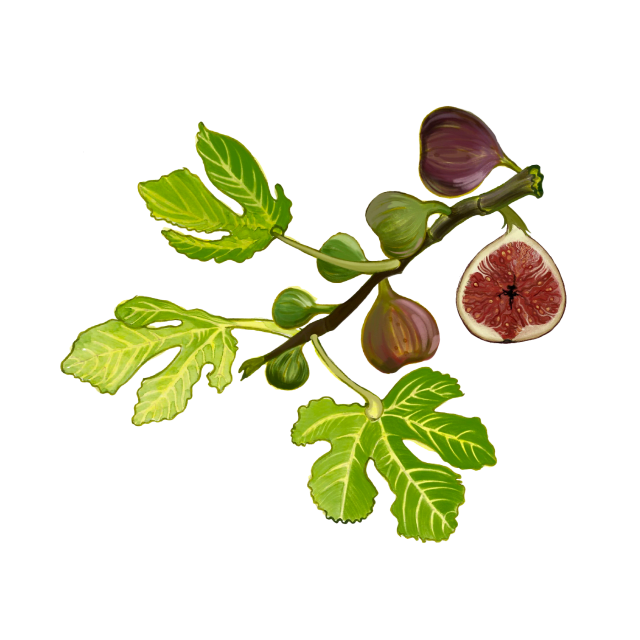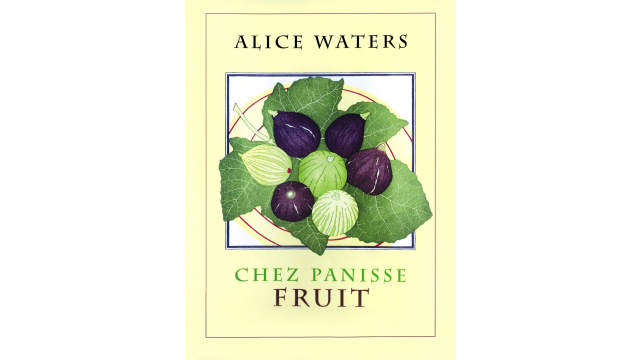Grape

Latin name: Vitis labrusca and V. vinifera
Other names: table grape, fox grape
Uses: fresh and dried fruit, preserves, juice, wine/distilled beverages, vinegar, oil
What are grapes?
Grapes are a berry that grow in clusters on woody grapevines — there can be up to 300 grapes per cluster! They can be green, yellow, orange, pale pink, red, purple, or blue-black, ranging in size from a tiny pea to nearly as big as a golf ball. They’re in their own plant family (the Vitaceae) and have been cultivated for millennia. Grape seeds also yield an oil with a high smoke point that makes it ideal for frying.
Why are grapes healthy?
The darker the grape, the higher the health-promoting polyphenols, but even a light pink, green, or super-sweet muscat grape contain antioxidants such as resveratrol and quercetin that help reduce oxidative stress and chronic disease risk. Grapes also have an impressive amount of potassium, which is good for helping muscles recover from fatigue and lower blood pressure. Other notable nutrients in grapes include copper, vitamins C and K, along with B vitamins. The high sugar content in grapes may spike blood sugars a bit but the resveratrol helps your body’s ability to use insulin, bringing down the initial spike.
What do grapes taste like?
Grapes have a slightly tart skin and a soft, fleshy interior that ranges in sweetness depending on the variety. Newer cultivars like the “Cotton Candy” grape have an almost savory, glutamic quality to them as well as high sugar. The primary aromatic compound found in Concord grapes (and used to make grape flavor in everything from candies and cough syrup) is methyl anthranilate. It’s naturally occurring in other fragrant plants like ylang ylang and neroli, but also manufactured for use in flavoring and scenting.
How do I use grapes?
Grapes are usually eaten raw or dried (as raisins) or drunk as juice or wine. To extend shelf life, wait until you’re ready to eat them before rinsing them off and then add them to fruit bowls, salads, or roast them on focaccia. Some table grapes (like Concords) have seeds that should be removed (you can just spit them out).
What do grapes pair well with?
Grapes’ wonderful balance of sugar and acidity makes them an ideal pairing for rich and savory foods like cheeses and mayo-y salads, but they’re also effective at breaking up the stodge of a grainy bowl. They love Mediterranean foods like rosemary, dates, and figs, and are wonderful with citrus (especially lemons and oranges) and olive oil.
Where do grapes grow?
The original grapes used for wine (Vitis vinifera) originated in the Mediterranean, but there are a few species native to the eastern and southern United States that have been used for jam and wine for centuries. The table grapes we eat as fruit are largely grown in South and North America, as well as China and a few other countries with Mediterranean and subtropical climates.
How to buy grapes:
Look for plump clusters that feel heavy for their size, and if you’re buying them pre-bagged try to select a bag without a bunch of loose grapes on the bottom. You can leave them at room temperature for a few days, but stash them in the fridge if you want to keep them longer. Raisins should also feel plump and juicy, not hard; however, if you don’t store raisins in an airtight container the sugars can crystallize — just place a piece of orange peel in the bag or jar for a few days to plump them back up.
Fun grape fact:
Though grapes have long been associated with Christian beliefs as symbolic of the blood of Christ, their connotations of fertility and hedonism are even older. The Greek god Dionysus (Bacchus to the Romans) was first a god of fertility but late became more associated with pleasure and drunken revelry. According to the Greek myth, Dionysus’ lover, a satyr named Ampelos died while riding a wild bull and was transformed into the first grape vine by the mourning god.




